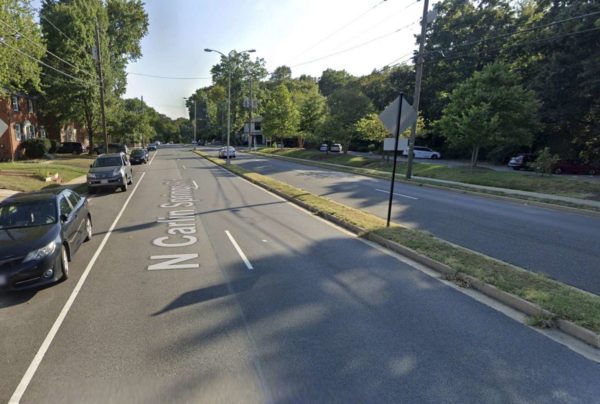 Peter’s Take is a biweekly opinion column. The views expressed are solely the autho
Peter’s Take is a biweekly opinion column. The views expressed are solely the autho
A new report by the Civic Federation (CivFed report) analyzes Arlington’s recent historical spending on park and recreation investments funded with Capital Improvement Plan (CIP) bond dollars.
The CivFed report’s results are summarized in a table on page 1. Roughly 86% of all bond funds were dedicated to recreational uses. By contrast, less than 5% was spent on land acquisition and less than 2% was invested in open space and natural habitat.
Resource allocation mismatch
This funding allocation history is inconsistent with the public’s stated priorities for outdoor park and recreation investments, as determined by the County’s 2016 “statistically valid” survey, which ranked investments in trails, natural areas, and wildlife habitat as top priorities to satisfy unmet or partially unmet needs in our community.
In three of the last four park and recreation bond referenda appearing on November ballots, land acquisition was offered as a rationale for borrowing the funds. Yet, CivFed’s report notes a consistent shortfall in the County’s acquisition of new public land — just 1.82 total acres acquired since 2015, well below the annual 3-acre per year target in the 2019 Public Spaces Master Plan (PSMP).
Although the County has made significant investments in trail modernization and expansion through various funding mechanisms (including transportation funding), the same cannot be said for land acquisition or for investment in natural areas and wildlife habitat.
Beyond the 2016 community survey priorities, the County has set aggressive goals in its plans for stormwater management and flood resilience, as well as energy-use reduction coupled with urban heat island mitigation. See the 2014 Stormwater Master Plan and the 2019 Community Energy Plan.
Acquiring land to preserve and harness natural County infrastructure is essential for meeting these goals while simultaneously allowing the County to satisfy previously identified unmet or partially met needs for natural open space supporting human health as well as wildlife.
CivFed’s recommendations
On May 19, the CivFed voted overwhelmingly (63-5-1) to approve an important resolution making three recommendations to guide future park and recreation investments:
- The County should balance its capital investments to “fund passive park features (including wildlife habitat and open space), trails, and parkland acquisition on a more equitable basis with respect to its recreational investments.”
- The County should “demonstrate more forward-thinking and commitment to land acquisition for passive park use,” especially through the purchase of land identified as a “Generational and Unique Opportunity” in the PSMP.
- The County should “consider as a high priority dual-purpose sites that can be used for flood mitigation and Open Space-Natural Habitat,” as described in the 2014 Stormwater Master Plan.
Planning for Arlington’s future during a pandemic
On May 19, in response to uncertainty prompted by the pandemic, the County Manager proposed a scaled-back, one-year CIP just for 2021, rather than the traditional 10-year plan.
Stormwater management/flood resilience continues to be included as a funding priority in this one-year CIP. This priority is consistent with CivFed’s third recommendation to acquire land that serves a dual purpose.







